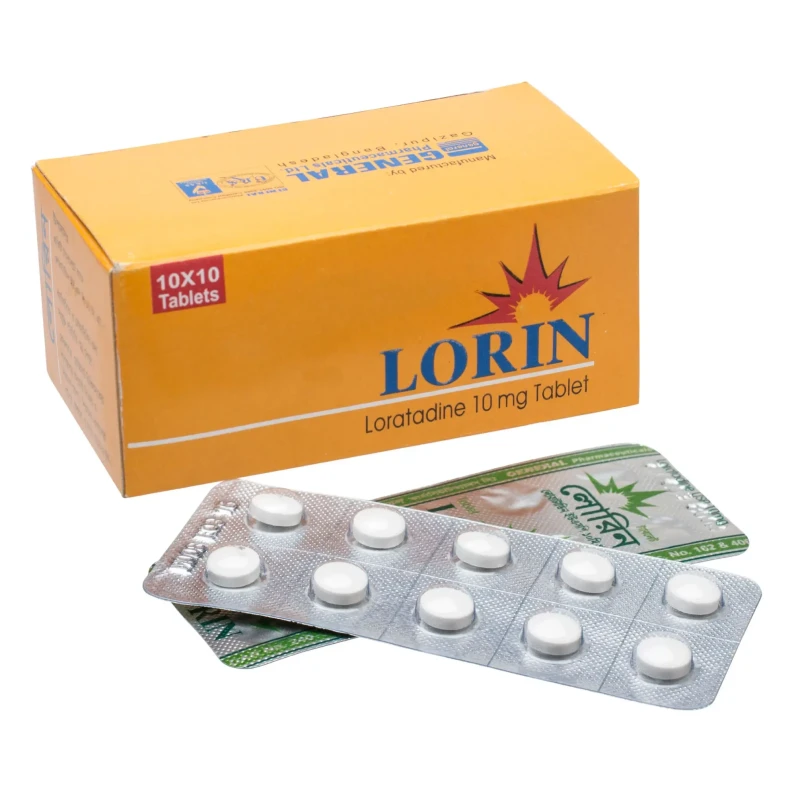

Molvir Capsule, Molnupiravir 200 mg
Inhouse product
-
৳11.40
৳12.00 -
৳42.75
৳45.00 -
৳16.63
৳17.50 -
৳2.14
৳2.25
Reviews & Ratings
Indications
Molvir is an antiviral
medicine used to treat mild to moderate C0VID-19 (caused by SARS-CoV-2) in
adults who are at risk for developing severe illness. Molvir may help people
with C0VID-19 stay out of the hospital and feel better. Emergency use authorized
oral therapeutic for the treatment of C0VID-19 in Non-hospitalized patients
with mild or moderate disease.
Asymptomatic or
pre-symptomatic Infection:
Individuals who test positive for SARS-CoV-2 by virologic testing using a
molecular diagnostic (e.g., polymerase chain reaction) or antigen test, but
have no symptoms.
Mild illness: individuals who have any of the various
signs and symptoms of COVID-19 (e.g., fever, cough, sore throat, malaise,
headache, muscle pain) without shortness of breath, dyspnoea, or abnormal chest
imaging.
Moderate illness: Individuals who have evidence of lower
respiratory disease by clinical assessment or imaging and saturation of oxygen
(Sp02) >94% on room air at sea level.
Severe illness: Individuals who have respiratory frequency
>30 breaths per minute, Sp02 <94% on room air at sea level, ratio of
arterial partial pressure of oxygen to fraction of inspired oxygen (Pa02/Fi02)
<300 mmHg, or lung infiltrates >50%.
Critical illness: individuals who have respiratory failure,
septic shock, and/or multiple organ dysfunction.
* রেজিস্টার্ড চিকিৎসকের পরামর্শ মোতাবেক ঔষধ সেবন করুন'
Description
Molvir is a
preparation of Molvir. It is an antiviral drug which is orally active and is
developed for the treatment of influenza. It is a prodrug of the synthetic
nucleoside derivative N4-hydroxycytidine, and exerts its antiviral action
through introduction of copying errors during viral RI\IA replication including
SARS-CoV-2, the causative agent of C0VID-19. Molvir is a shape-shifter, called
a tautomer. It assumes two forms, one which closely resembles uracil and the
other cytosine. Because it appears in these two different forms, once it is
recopied, the replicating polymerase develops transition mutations, where a U
nucleotide is converted to a C and a C to U. Copying RNA that contains Molvir
results in fatal flaws in the sequence, stopping replication, shortening
infection, and limiting transmission. The difference between the structure of
an authentic nucleotide and Molvir is apparently too subtle to trigger removal
by the exonuclease repair function of the viral polymerase, a function that has
bedeviled these of many other nucleoside inhibitors.
Pharmacology
Molnupiravir inhibits
viral reproduction by promoting widespread mutations in the replication of
viral RNA by RNA-directed RNA polymerase. It is metabolized into a
ribonucleoside analog that resembles cytidine, β-D-N 4-Hydroxycytidine
5′-triphosphate (also called EIDD-1931 5′-triphosphate or NHC-TP). During
replication, the virus's enzyme incorporates NHC-TP into newly-made RNA instead
of using real cytidine.
Molnupiravir can swap between two forms (tautomers), one of which mimics
cytidine (C) and the other of which mimics uridine (U). NHC-TP is not
recognized as an error by the virus' proofreading exonuclease enzymes, which
can replace mutated nucleotides with corrected versions. When the viral RNA
polymerase attempts to copy RNA containing molnupiravir, it sometimes
interprets it as C and sometimes as U. This causes more mutations in all
downstream copies than the virus can survive, an effect called viral error
catastrophe or lethal mutagenesis.
Dosage & Administration
The recommended dose
of Molnupiravir is four 200 mg capsules (4+0+4), every 12 hours for 5 days. Do
not give this medicine to children and adolescents aged less than 18 years. The
use of Molnupiravir in persons aged less than 18 years has not yet been
studied.
* রেজিস্টার্ড চিকিৎসকের পরামর্শ মোতাবেক ঔষধ সেবন করুন'
Interaction
No drug interactions
have been identified based on the limited available data. No clinical
interaction studies have been performed with Molvir. Molvir is hydrolysed to
n-hydroxycytidine (NHC) prior to reaching systemic circulation. Uptake of NHC
and metabolism to NHC-TP are mediated by the same pathways involved in
endogenous pyrimidine metabolism. NHC is not a substrate of major drug
metabolising enzymes or transporters. Based on in vitro studies, neither Molvir
nor NHC are inhibitors or inducers of major drug metabolising enzymes or
inhibitors of major drug transporters. Therefore, the potential for Molvir or
NHC to interact with concomitant medications is considered unlikely.
Contraindications
Molnupiravir is
contraindicated in patients with known hypersensitivity to Molnupiravir.
Side Effects
Common side effects
include diarrhoea, nausea, feeling dizzy, headache.
Pregnancy & Lactation
Animal studies with
molnupiravir have shown harmful effects to the unborn animal. Molnupiravir is
not recommended in pregnancy. Molnupiravir has not been studied in pregnancy
and it is not known if Molnupiravir will harm your baby while you are pregnant.
If you are pregnant, think you may be pregnant, or are planning to have a baby,
ask your doctor for advice. If you can become pregnant, you should use
effective birth control while you are taking Molnupiravir and for 4 days after
the last dose of Molnupiravir. If you are breast-feeding or are planning to
breastfeed, tell your doctor before taking this medicine. Breast-feeding is not
recommended during treatment and for 4 days after the last dose of
Molnupiravir. This is because it is not known if Molnupiravir gets into breast
milk and will be passed to the baby.
Precautions & Warnings
There are limited
clinical data available for Molvir. Serious and unexpected adverse events may
occur that have not been previously reported with Molvir use.
Therapeutic Class
Anti-viral drugs
Storage Conditions
Store at or below 25°C
temperature. Keep away from light and wet places. Keep out of reach of
children.
Frequently Bought Products
Pentadol Tablet Tapentadol Hydrochloride 100 mg
Dolwin Tablet, Naproxen Sodium 500 mg
Triforce IV Infusion, Ceftriaxone Sodium 1 gm/vial
Phylopen Capsule, Flucloxacillin Sodium 250 mg
Emfolin Tablet, Empagliflozin + Linagliptin 10 mg+5 mg
Deflacort Tablet, Deflazacort 6 mg
Lorin Tablet, Loratadine 10 mg
Product Queries (0)
Login Or Registerto submit your questions to seller
Other Questions
No none asked to seller yet
-
৳11.40
৳12.00 -
৳42.75
৳45.00 -
৳16.63
৳17.50 -
৳2.14
৳2.25






![Utal Tablet, Ulipristal Acetate [For uterine fibroids] 5 mg](https://skpharma.com.bd/public/uploads/all/Syt1SMOCeTeGw05pJr6Mh68cGxW4iTw8ga939vcM.jpg)










